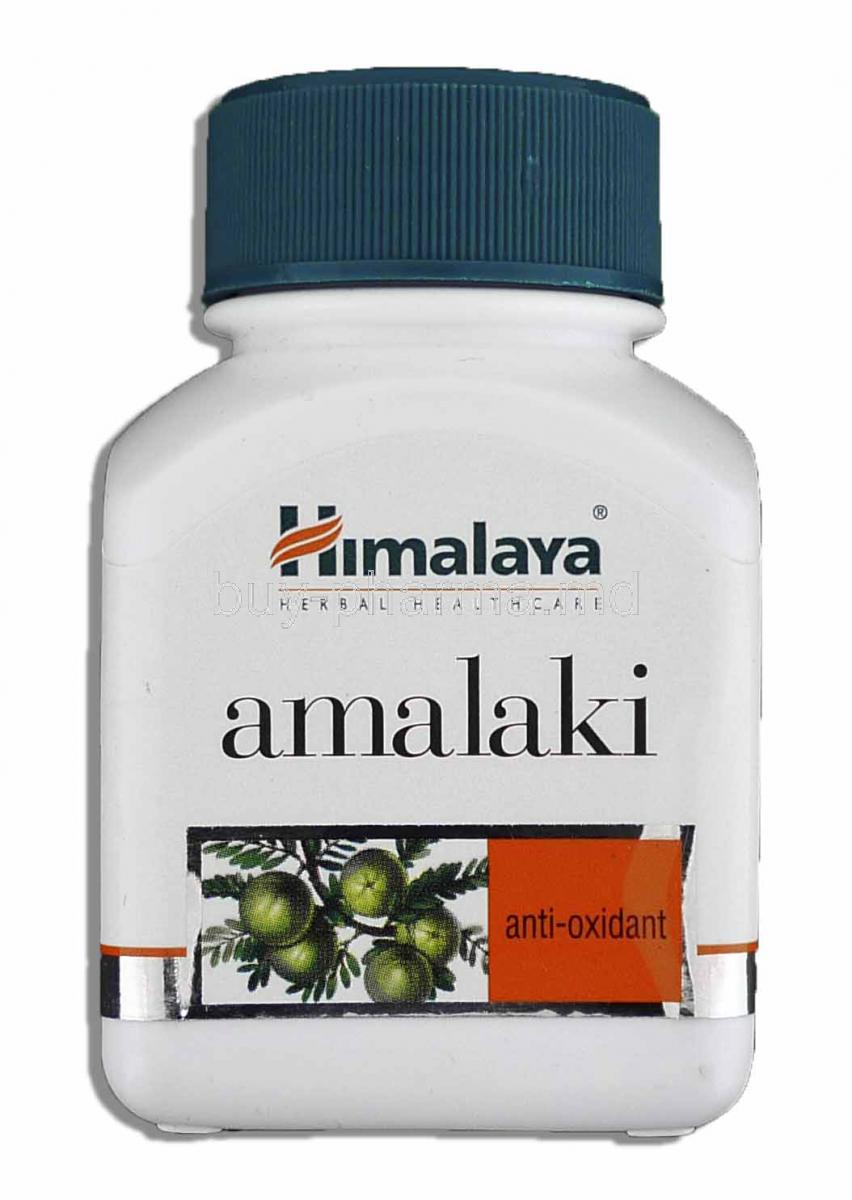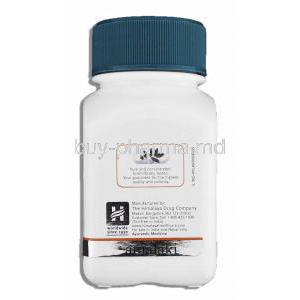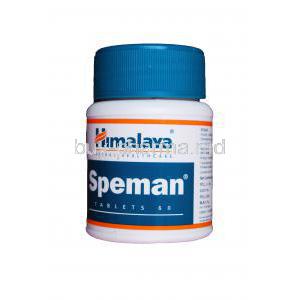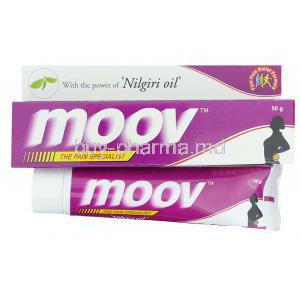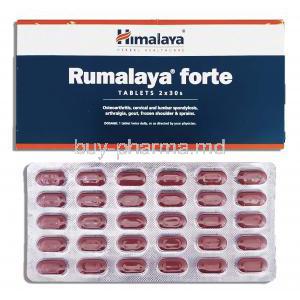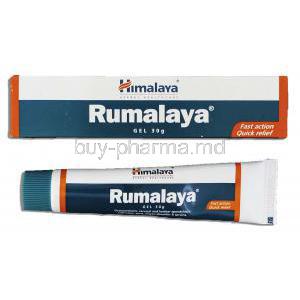1. Introduction to Himalaya Amalaki
Himalaya Amalaki is a premium herbal supplement formulated with the extract of Emblica officinalis, commonly known as Indian Gooseberry. Revered for its holistic properties, this botanical extract has been extensively utilized in traditional Ayurvedic medicine for centuries.
In Ayurveda, Amalaki is classified as a "Rasayana" — a rejuvenative that nourishes the body, enhances vitality, and strengthens immunity. Its diverse therapeutic applications make it a cornerstone of wellness regimens in ancient and modern integrative medicine.
Himalaya Amalaki is promoted by the manufacturer for its high antioxidant content, ability to fortify the immune system, support healthy digestion, and contribute to youthful skin and cellular protection.
2. Botanical Profile and Active Composition
Scientific Name: Emblica officinalis
Family: Phyllanthaceae
Common Names: Amla, Indian Gooseberry
Himalaya Amalaki features a standardized extract to ensure consistency and potency. This extract is derived from carefully sourced fruit, processed under controlled conditions to preserve its bioactive properties.
- Vitamin C: Present in a highly stable form, supporting immunity and collagen production.
- Polyphenols & Flavonoids: Act as powerful antioxidants that counter oxidative stress.
- Tannins: Contribute to Amalaki’s astringent and anti-inflammatory profile.
Himalaya emphasizes sustainable sourcing, quality verification, and stringent testing to ensure each batch delivers purity and efficacy.
3. Primary Uses of Himalaya Amalaki Supplement
Immune System Support: Rich in antioxidants and Vitamin C, Himalaya Amalaki boosts the body’s natural defense mechanisms.
Digestive Health: Aids in regulating bowel movements, reducing hyperacidity, and promoting gut microbiota balance.
Liver Detoxification: Facilitates hepatic cleansing by enhancing liver enzyme activity and neutralizing toxins.
Skin and Anti-Aging: Promotes dermal elasticity, minimizes oxidative skin damage, and improves complexion.
Blood Sugar Management: Helps maintain glycemic control by modulating carbohydrate metabolism.
Cardiovascular Support: May assist in managing cholesterol levels and stabilizing blood pressure through endothelial support.
4. Off-Label and Traditional Uses of Amalaki
- Rasayana Therapy: Traditionally used for rejuvenation and vitality enhancement in Ayurvedic practice.
- Eye Health: Believed to nourish ocular tissues and improve vision clarity.
- Cognitive Support: Used to enhance concentration and memory due to its neuroprotective potential.
- Stress and Fatigue: Adaptogenic properties may help reduce mental fatigue and enhance resilience.
- Urinary Tract Health: Supports urinary function and detoxification.
- Respiratory Support: Used as an adjunct in managing bronchitis, dry cough, and mild asthma symptoms.
5. How Himalaya Amalaki Works: Mechanism of Action
Ascorbic Acid: Promotes collagen synthesis essential for tissue repair and immune function enhancement.
Antioxidant Pathways: Neutralizes free radicals via polyphenolic scavenging, thereby protecting cellular structures.
Anti-inflammatory Effects: Modulates cytokine production and reduces systemic inflammation.
Liver Enzyme Regulation: Enhances liver detoxification pathways, aiding in metabolic waste elimination.
Digestive Modulation: Stimulates enzymatic activity and fosters the growth of beneficial intestinal flora.
6. Recommended Dosage and Administration Guidelines
Adults: Typically 1 capsule twice daily or as directed by a healthcare provider.
Timing: Best taken after meals with water to enhance absorption and minimize gastric discomfort.
Adjustments: May vary based on age, weight, or health condition. Pediatric and geriatric usage requires physician oversight.
Therapeutic Duration: Consistent use over several weeks may be needed for optimal results.
Missed Dose: Skip if close to next dose. Do not double up.
7. Common and Rare Side Effects of Himalaya Amalaki
- Common: Mild digestive issues such as bloating or diarrhea, especially when taken in excess.
- Occasional: Headache or fatigue, typically transient and self-limiting.
- Rare: Allergic reactions including rash, itching, or swelling.
If adverse effects persist or worsen, users are advised to discontinue use and consult a healthcare provider.
8. Drug and Supplement Interactions
- Anticoagulants/Antiplatelets: May potentiate bleeding risks due to mild anti-thrombotic properties.
- Hypoglycemic Agents: May enhance the effect of insulin or oral antidiabetics; monitor glucose levels closely.
- Mineral Absorption: High tannin content might interfere with absorption of iron or zinc supplements.
- Other Herbs: Safe when used with other Ayurvedic products, but synergistic effects should be monitored.
9. Warnings and Contraindications for Use
While Himalaya Amalaki is generally well-tolerated, certain individuals should avoid its use due to potential risks associated with specific health conditions or sensitivities.
- Allergy to Phyllanthaceae: Individuals with a known hypersensitivity to plants from the Phyllanthaceae family should avoid Amalaki due to the risk of allergic reactions such as rash, itching, or swelling.
- Hemochromatosis: Amalaki is naturally rich in Vitamin C, which can enhance iron absorption. This may exacerbate iron overload in individuals with hemochromatosis or similar disorders.
- Concurrent Chemotherapy: Due to its potent antioxidant profile, Amalaki should not be taken during chemotherapy unless explicitly approved by an oncologist, as it may interfere with oxidative-based cancer treatments.
- Hypotension: In individuals with low blood pressure, the vasodilatory effects of Amalaki may lead to dizziness or fainting, warranting cautious use or complete avoidance.
10. Precautions for Careful Administration
Himalaya Amalaki should be administered with vigilance under specific clinical circumstances to prevent potential complications or suboptimal outcomes.
- Hepatic or Renal Impairment: Patients with existing liver or kidney conditions should consult a physician before initiating Amalaki supplementation, as metabolic or excretory inefficiencies may alter its effects.
- Long-Term Use: Periodic clinical monitoring is advisable for individuals taking Amalaki for extended periods to assess liver function, serum vitamin levels, and overall tolerance.
- Drug Interactions: Concurrent use with prescription medications—particularly antihypertensives, antiplatelets, and antidiabetics—requires careful oversight due to the potential for pharmacodynamic or pharmacokinetic interactions.
11. Use in Special Populations
11.1. Administration in the Elderly
Older adults may experience altered pharmacokinetics due to age-related physiological changes. These include reduced hepatic enzyme activity, decreased renal clearance, and slower gastrointestinal absorption.
- Dosage Adjustment: Initiating therapy at the lower end of the dosing spectrum is advised, especially for those with impaired hepatic or renal function.
- Cognitive Monitoring: Although rare, subtle neurocognitive effects such as drowsiness or alertness changes may occur and should be monitored in geriatric patients.
11.2. Use in Pregnant and Nursing Women
Amalaki has been used traditionally during pregnancy in Ayurveda. However, modern clinical safety data remains insufficient.
- Pregnancy: Though animal studies suggest a favorable safety profile, a lack of robust human trials necessitates caution. Use should be restricted to situations where benefits clearly outweigh potential risks.
- Lactation: There is no conclusive evidence regarding the excretion of Amalaki constituents into breast milk. Medical consultation is essential before use during breastfeeding.
11.3. Use in Pediatric Patients
In Ayurvedic pediatrics, Amalaki is traditionally used for general wellness and immunity. Nonetheless, modern pediatric guidelines recommend physician guidance.
- Dosing: Must be tailored based on age, body weight, and health status. Adult doses are not appropriate for children.
- Professional Oversight: A pediatrician should evaluate safety before prescribing, especially in children with underlying metabolic or gastrointestinal conditions.
12. Overdose and Emergency Measures
Although rare, an overdose of Himalaya Amalaki may produce adverse symptoms, particularly when taken in excessive quantities over prolonged periods.
- Acute Symptoms: Nausea, loose stools, electrolyte imbalances, or abdominal discomfort may indicate excessive intake.
- Chronic Overuse Risks: High levels of Vitamin C may potentially cause oxalate kidney stones or lead to excessive iron accumulation in predisposed individuals.
- Emergency Response: In suspected overdose cases, discontinue use immediately and seek medical evaluation. Contact poison control services or visit an emergency facility for symptomatic management.
13. Product Handling and Storage Instructions
Proper storage is crucial to maintain the integrity and therapeutic efficacy of Himalaya Amalaki capsules.
- Temperature and Humidity: Store at a controlled room temperature (20–25°C) in a dry place. Avoid humid environments such as bathrooms or near sinks.
- Shelf Life: Check the expiration date printed on the label. Do not consume past expiry.
- Sunlight Exposure: Keep the container away from direct sunlight and heat sources to prevent degradation of active compounds.
- Child Safety: Store in a location inaccessible to children to prevent accidental ingestion.
14. Safe Handling Precautions
- Hygiene Standards: Ensure hands are clean and dry before handling the capsules to prevent microbial contamination.
- Container Integrity: Do not transfer capsules to non-original containers. Always close the lid tightly after use.
- Disposal: Expired or unused capsules should be discarded following local pharmaceutical disposal guidelines. Do not flush or throw into household trash where pets or children may access them.
Himalaya Amalaki FAQ
- What is Amalaki Himalaya used for?
- What are the benefits of Amalaki?
- What is the use of Amlaki tablet?
- When should I take amalaki?
- Is amalaki good for your skin?
- What are the side effects of amalaki?
- What is Amalaki good for?
- Is Amalaki good for uric acid?
- What is the health benefit of Amalaki?
- Are amla and Amalaki the same?
- Which vitamin is found in amalaki?
- Is amalaki good for diabetes?
- What is the importance of Amalaki?
What is Amalaki Himalaya used for?
Enhances vision clarity and purity of blood while aiding in the reduction of excess body fat; alleviates constipation and hemorrhoids; safeguards against hair thinning and early graying of hair.
What are the benefits of Amalaki?
Ayurvedic experts also believe that amalaki enhances the performance of organs, like the liver, heart, brain, and lungs. Amalaki has been researched as a remedy for heartburn, high cholesterol, and diabetes
What is the use of Amlaki tablet?
Rich in antioxidants that help combat radicals and promote the health of your heart and liver while also enhancing digestion and gut health.
When should I take amalaki?
Take two capsules two times a day with meals or after meals as instructed by your healthcare provider.
Is amalaki good for your skin?
Amalaki contains antioxidants, like vitamin C, that are beneficial for the skin by shielding it from oxidative stress triggered by free radicals. This stress may result in early signs of aging, like wrinkles and a lackluster skin complexion. Vitamin C plays a role in the production of collagen in Amalaki.
What are the side effects of amalaki?
- Digestive Problems: Eating too much can cause stomach problems, like diarrhea or cramps.
- Allergies: Certain people may have reactions, such as itching or skin rashes.
What is Amalaki good for?
Amalaki is packed with nutrients such as iron and carotene that help nourish hair and nails and keep them strong and healthy-looking.
Is Amalaki good for uric acid?
This medicine helps the body eliminate acid properly, reducing inflammation and relieving pain caused by acid buildup.
What is the health benefit of Amalaki?
It's widely recognized for boosting the immune system's strength, promoting digestion and excretion, and contributing to a longer life.
Are amla and Amalaki the same?
Amalaki is a type of fruit that comes from a tree that sheds its leaves and is commonly found in the tropical region of India's subcontinent. The berry of the Amla tree is small, measuring around half to one inch in size. It contains numerous seeds and has a smooth exterior surface.
Which vitamin is found in amalaki?
Amalaki provides a wealth of Vitamin C, which boosts the body's ability to fight infections and strengthen the system.
Is amalaki good for diabetes?
Yes
What is the importance of Amalaki?
It helps enhance the system and skin health while aiding digestion and promoting wellness.

